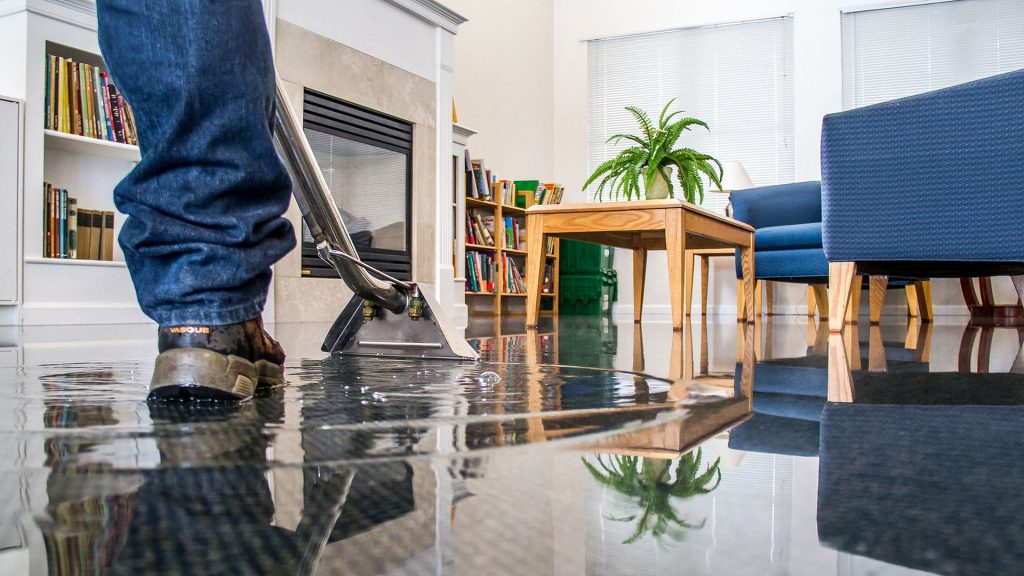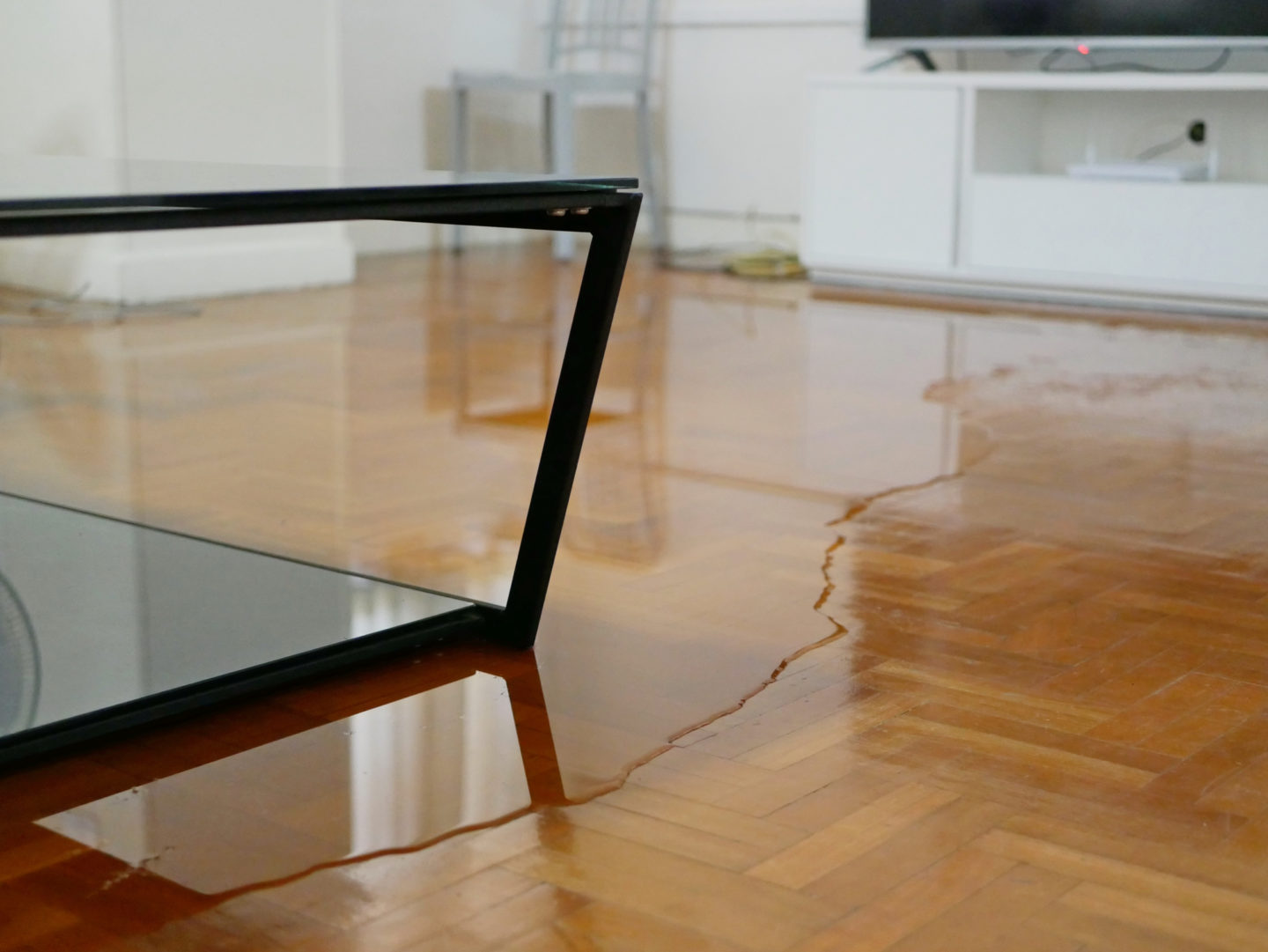Do's & Don'ts of Water Restoration.
Do's & Don'ts of Water Restoration.
Blog Article
How do you actually feel in regards to What You Can Do At Home To Prevent Fire And Water Damage?

Though water gives life, water breach on components where it's not meant to be can cause damage. If the water saturates into your framework, it can peel off away surfaces and wear down the structure. Mold and mildew as well as mold also prosper in a wet setting, which can be hazardous for your health. Homes with water damage odor old and also musty.
Water can come from several resources such as typhoons, floods, burst pipelines, leakages, and drain problems. In case you experience water damages, it would be great to understand some safety and security precautions. Below are a few guidelines on just how to deal with water damage.
Do Prioritize Home Insurance Coverage
Water damages from flood as a result of hefty winds is seasonal. Nonetheless, you can also experience a sudden flood when a malfunctioning pipeline instantly breaks right into your residence. It would be best to have residence insurance policy that covers both disasters such as all-natural disasters, and emergency situations like damaged plumbing.
Don't Neglect to Turn Off Energies
In the event of a calamity, particularly if you live in a flood-prone location, it would certainly be a good idea to turn off the primary electric circuit. This cuts off power to your entire house, protecting against electrical shocks when water can be found in as it is a conductor. Don't neglect to transform off the main water line shutoff. Furnishings will move about and also cause damage when floodwaters are high. Having the primary shutoff shut down avoids additional damages.
Do Keep Proactive and Heed Weather Condition Informs
Listen to evacuation cautions if you live near a lake, river, or creek . Doing so reduces possible building damages.
Don't Overlook the Roofing System
You can avoid rainfall damage if there are no openings and leaks in your roof. This will protect against water from streaming down your wall surfaces and saturating your ceiling.
Do Pay Attention to Little Leakages
A burst pipeline doesn't occur over night. Usually, there are warnings that suggest you have actually compromised pipes in your house. You might notice bubbling paint, peeling off wallpaper, water touches, water stains, or leaking noises behind the wall surfaces. Eventually, this pipe will rupture. Ideally, you need to not wait on things to rise. Have your plumbing repaired prior to it causes enormous damages.
Don't Panic in Case of a Burst Pipe
Maintaining your clearheadedness is essential in a time of situation. Panicking will only compound the problem since it will stifle you from acting fast. Timing is key when it comes to water damage. The longer you wait, the even more damages you can anticipate. Therefore, if a pipe bursts in your home, instantly shut off your main water shutoff to remove the resource. Then unplug all electrical outlets in the location or switch off the breaker for that part of your home. Call a trusted water damage reconstruction expert for support.
Water offers life, water intrusion on components where it's not expected to be can result in damages. Houses with water damage odor old and stuffy.
Water damages from flood fees to heavy winds is seasonal. You might notice bubbling paint, peeling off wallpaper, water streaks, water discolorations, or dripping audios behind the walls. When it comes to water damages, timing is key.
Some Do's & Don't When Dealing with a Water Damage
DO:
Make sure the water source has been eliminated. Contact a plumber if needed. Turn off circuit breakers supplying electricity to wet areas and unplug any electronics that are on wet carpet or surfaces Remove small furniture items Remove as much excess water as possible by mopping or blotting; Use WHITE towels to blot wet carpeting Wipe water from wooden furniture after removing anything on it Remove and prop up wet upholstery cushions for even drying (check for any bleeding) Pin up curtains or furniture skirts if needed Place aluminum foil, saucers or wood blocks between furniture legs and wet carpet Turn on air conditioning for maximum drying in winter and open windows in the summer Open any drawers and cabinets affected for complete drying but do not force them open Remove any valuable art objects or paintings to a safe, dry place Open any suitcases or luggage that may have been affected to dry, preferably in sunlight Hang any fur or leather goods to dry at room temperature Punch small holes in sagging ceilings to relieve trapped water (don't forget to place pans beneath!); however, if the ceiling is sagging extremely low, stay out of the room and we'll take care of it DO NOT:
Leave wet fabrics in place; dry them as soon as possible Leave books, magazines or any other colored items on wet carpets or floor Use your household vacuum to remove water Use TV's or other electronics/appliances while standing on wet carpets or floors; especially not on wet concrete floors Turn on ceiling fixtures if the ceiling is wet Turn your heat up, unless instructed otherwise

Do you really like reading up on Simple Solutions To Preventing Fire And Water Damage To Your Home? Give a remark below. We will be pleased to see your ideas about this blog. Hoping that you visit us again before long. For those who liked our page kindly don't forget to share it. We value reading our article about Ways to Reduce The Risk Of Fire And Water Damage.
Report this page